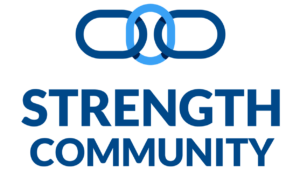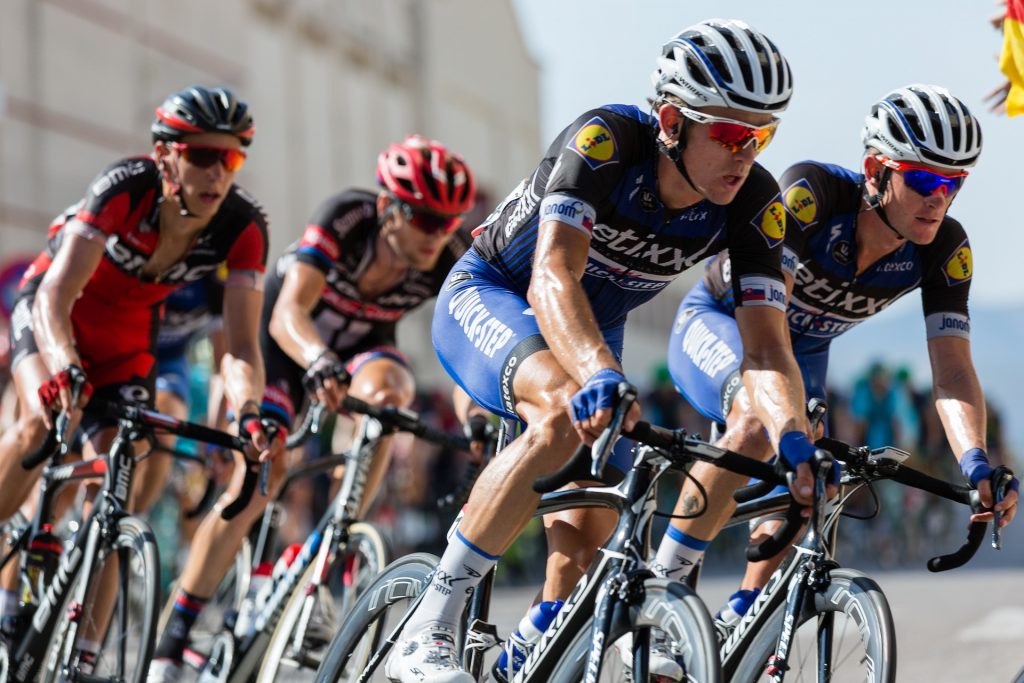Having statistical data is always fascinating, especially when is about showing the results and benefits of doing a proper Structural Assessment analysis, along with the right training program for that person.
This is a case study of a cyclist that was looking at improving his performance after a relatively long rest period (which acts as the wash-out period used on interventional studies), and here I’ll show the results of the first 3 months of his training. It is important to mention that due to time restrictions, he was only able to train at my gym twice a week, which is another factor to consider when writing a training program, particularly when the training load of the sport itself is that demanding.
INDICATOR #1 Fitness Levels.
This is the definition from the software the athlete uses:
“Even though the physical condition could be a complicated concept, it can be briefly defined as a training accumulation. The fitness score is calculated using the training load or relative effort, in order to measure the daily training, along with a model impulse-response that quantifies its effect on time. This will intuitively capture the development of the physical condition coming from the training, and the loss of physical condition during a rest period as well.”
When the athlete was training on his own – before training with me – he reached his peak fitness score in 5 months. When he started training under my guidance, after the rest period mentioned above, he reached the same fitness score in only 2.5 months.
RESULT: We halved the time it took him to get to top condition after the rest period.
What were the main drivers for this improvement?
The careful selection of the right order of exercises, along with the proper rest intervals for his needs.
INDICATOR #2: Functional Threshold Power (FTP)
This is the definition from the software the athlete uses:
“The FTP is the maximum average power that the athlete can maintain during one hour.
The FTP is key to do power training. It allows to determine how hard a cycling training is.”
Before training with me it took him 1 year to increase the FTP 36 watts. After 3 months of proper strength training in my gym, his FTP increased 31 Watts in 3 months, and the numbers keep increasing steadily since then.
RESULT: We accomplished in 3 months what is normally accomplished in one year of training, related to power increases.
What were the main drivers for this improvement?
The precise selection of the prescribed exercises along with the right number of reps.
INDICATOR 3: Strength Levels in Each Leg
This refers to the percentage of strength produced by each leg, the effectiveness of the torque between both limbs and the ratio of pedal smoothness between left and right.
Before our training, his strength balance was 40% for the left and 60% for the right leg; the torque effectiveness was 63% for the left and 77% for the right; the pedal smoothness was 18% for the left and 23% for the right.
In other words, there was a huge disbalance of strength between both legs.
The numbers achieved after 3 month of proper strength training:
Left and right legs have a perfect strength balance of 50% and 50%.
The torque effectiveness is 67% and 69% for left and right (we still have about 10% to improve here).
The pedal smoothness is 20% – 21% for left and right, respectively.
RESULT: We reached a perfect strength balance in 3 months.
What were the main drivers for this improvement?
The use of unilateral exercises, always starting with the weak side.
Even though the training we are doing is also producing very interesting results on the upper body in terms of better positioning, posture, aerodynamics, and significant lower levels of exhaustion, this article is about displaying statistics and in cycling they are mostly related to the lower body.
What are the implications of this achievements?
In very simple terms, a much better sport performance. After only 3 months we achieved better conditioning levels, significant higher power output and balanced strength and power production from both legs.
Should I share his training program and the results of his Structural Assessment?
It will be absolutely useless because it only works for him and trying to apply this program to another athlete could be a huge mistake, because individualization is the key to get outstanding results.
I teach how to properly do, interpret and give the right priority to the results of the Structural Assessment in the Structural Assessment class. And based on those results, how to write results-producing training programs on the Science of Program Design class.
Don’t miss the opportunity to get this kind of results with your athletes and clients.
Coach Carlos Castro

